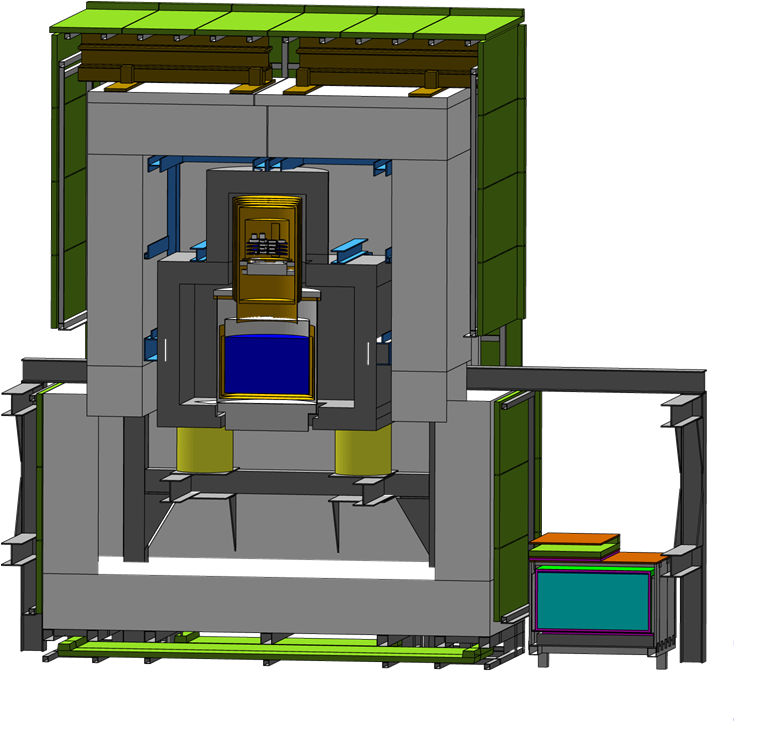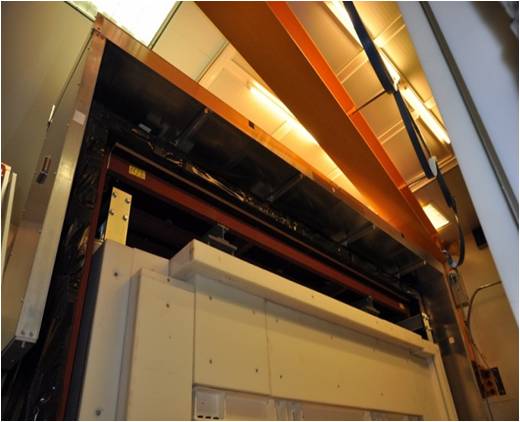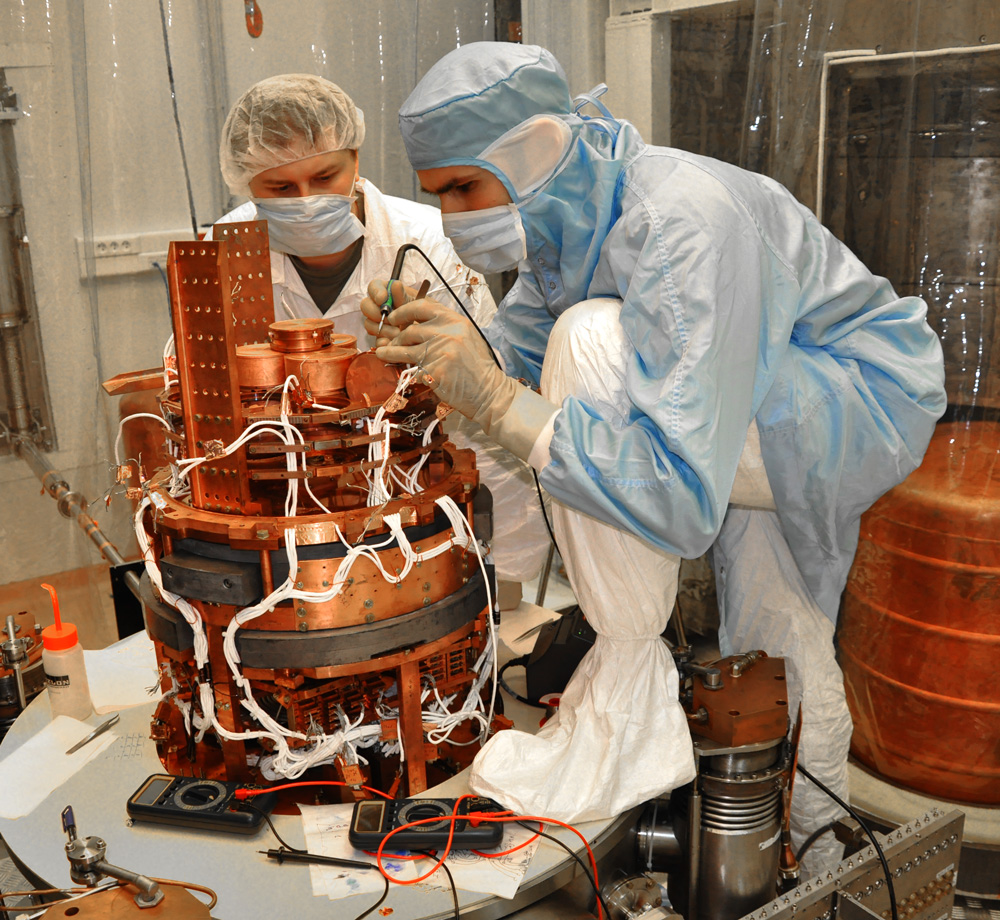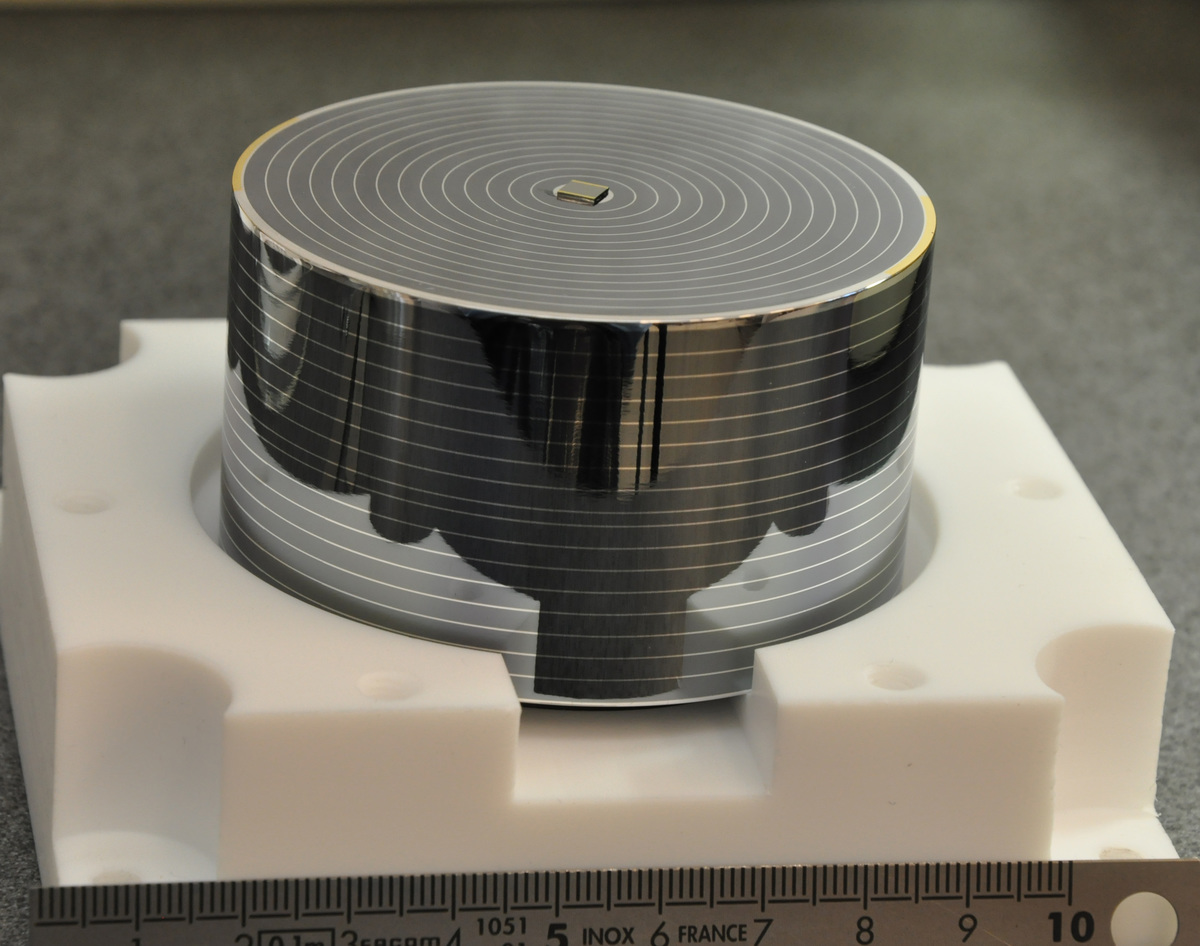Das EDELWEISS-Experiment
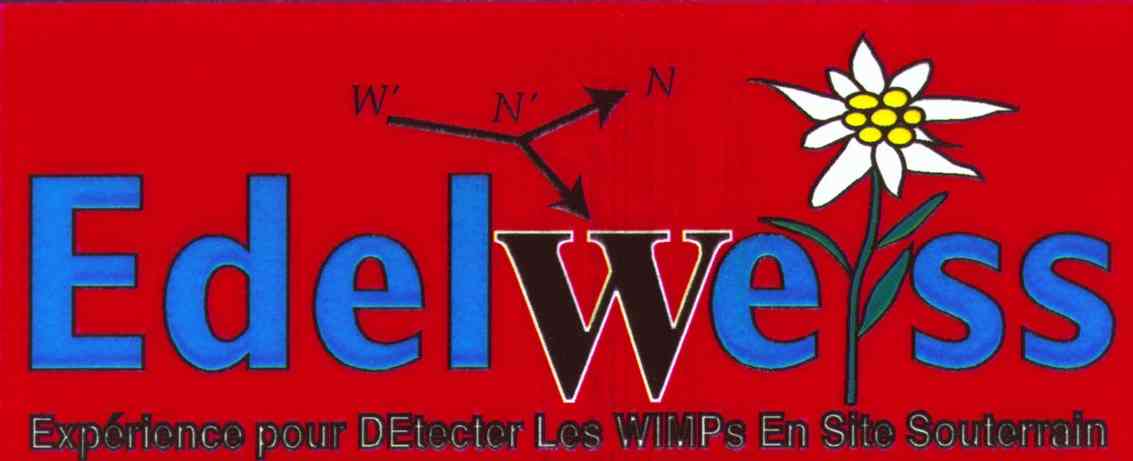 The EDELWEISS (Expérience pour détecter les WIMPs en site souterrain) experiment is dedicated to the direct detection of Dark Matter particles by means of bolometric detectors located at the underground laboratory of Modane (LSM). Germanium bolometers of fully interdigitized electrode design (FID) are operated at 18 mK and allow to successfully separate between electron and nuclear recoils as well as between bulk and surface events.
The EDELWEISS (Expérience pour détecter les WIMPs en site souterrain) experiment is dedicated to the direct detection of Dark Matter particles by means of bolometric detectors located at the underground laboratory of Modane (LSM). Germanium bolometers of fully interdigitized electrode design (FID) are operated at 18 mK and allow to successfully separate between electron and nuclear recoils as well as between bulk and surface events.
The energy deposit due to a scattered WIMP particle or background radiation is detected calorimetrically by the temperature increase of ~ 0.1 µK per keV energy deposit with NTD-Ge thermometers on the top and bottom surfaces of the detectors. Free charge carriers from the ionization process are drifted at low operation voltages of 8 V across the bulk of the crystal and in combination with the calorimetric measurement allow to perform a particle identification. Nuclear recoils from WIMP-nucleus scattering transfer the energy much more efficiently into phonons and show charge signals reduced to ~1/3 of the charge yield of an electron recoil of the same energy.
Radioactive background and especially the neutron flux in the vicinity of the setup is suppressed via active and passive shieldings. Careful material screening and selection, for example the realization of innermost part of the lead castle from ancient lead (radiopure in isotopes with T1/2 < O(100) years), salvaged from the freight of a sunken roman galley, allowed to reach a record-low background rate in bolometric detectors of less than 0.1 counts/keV/kg/day.
Recent efforts in detector development study novel techniques to lower the detection threshold further down towards detection of single electron-hole pairs, e.g. by using heat-mediated voltage-assisted measurement of the charge collected at high voltages O(100V). In this case the temperature increase is proportional to the originally created free charge carriers and the applied voltage across the detector.
Until the end of 2019, the KIT Dark Matter group was a member of EDELWEISS. KIT was responsible for the operation of the muon detector to tag and veto any muon-induced interactions (outermost layer in the setup green). We also contributed to data analysis and simulations as well as took part in the maintenance of the DAQ electronics.
Mehr zu EDELWEISS:
EDELWEISS: http://edelweiss.in2p3.fr
LSM: http://www.lsm.in2p3.fr
Passwortgeschützte Adressen:
Muon veto monitoring webpage: http://dm.ikp.kit.edu/muonveto/website
EDELWEISS wiki : https://edwdev-ik.fzk.de/wiki
ELOG system(s): http://dm.ikp.kit.edu/elog

